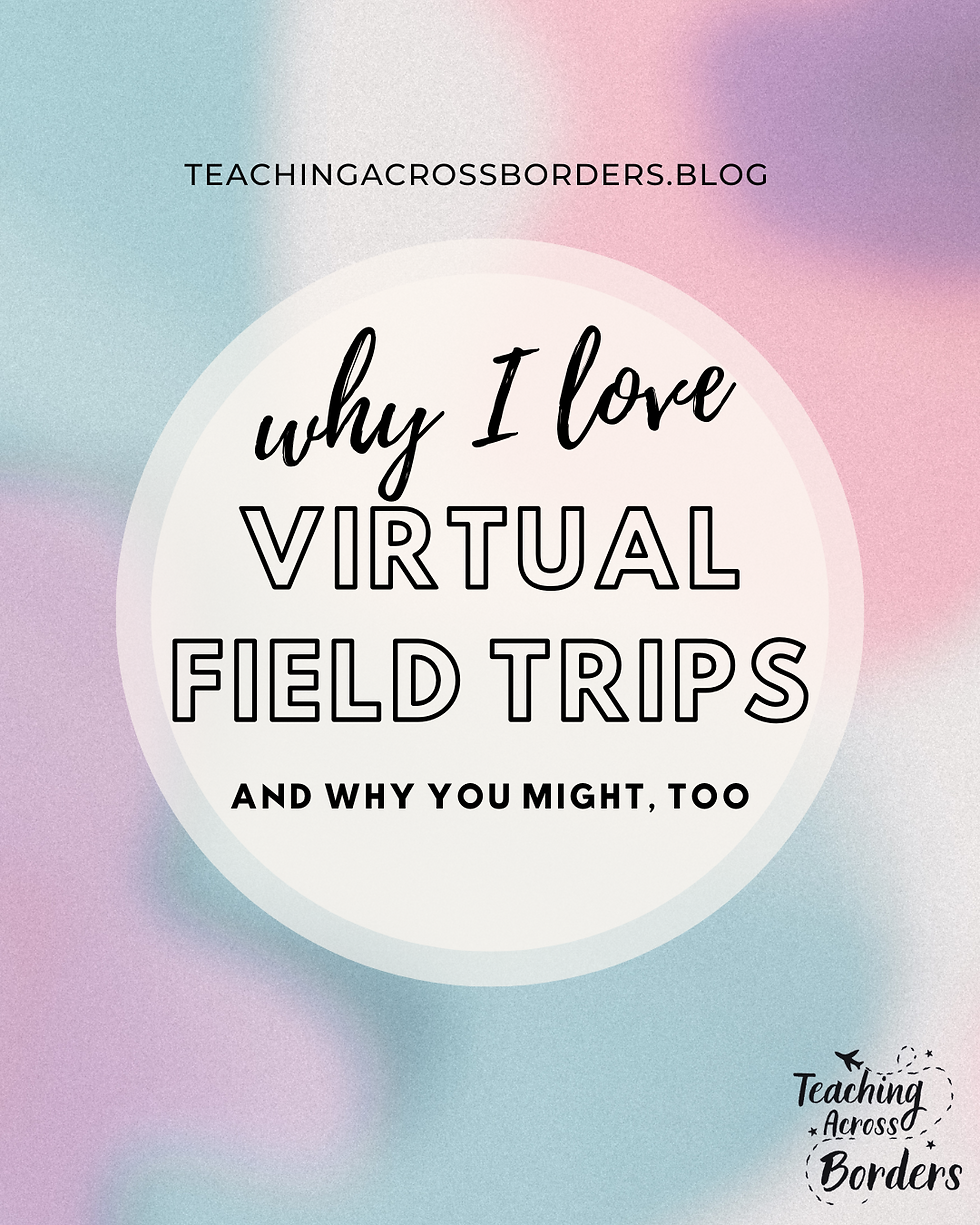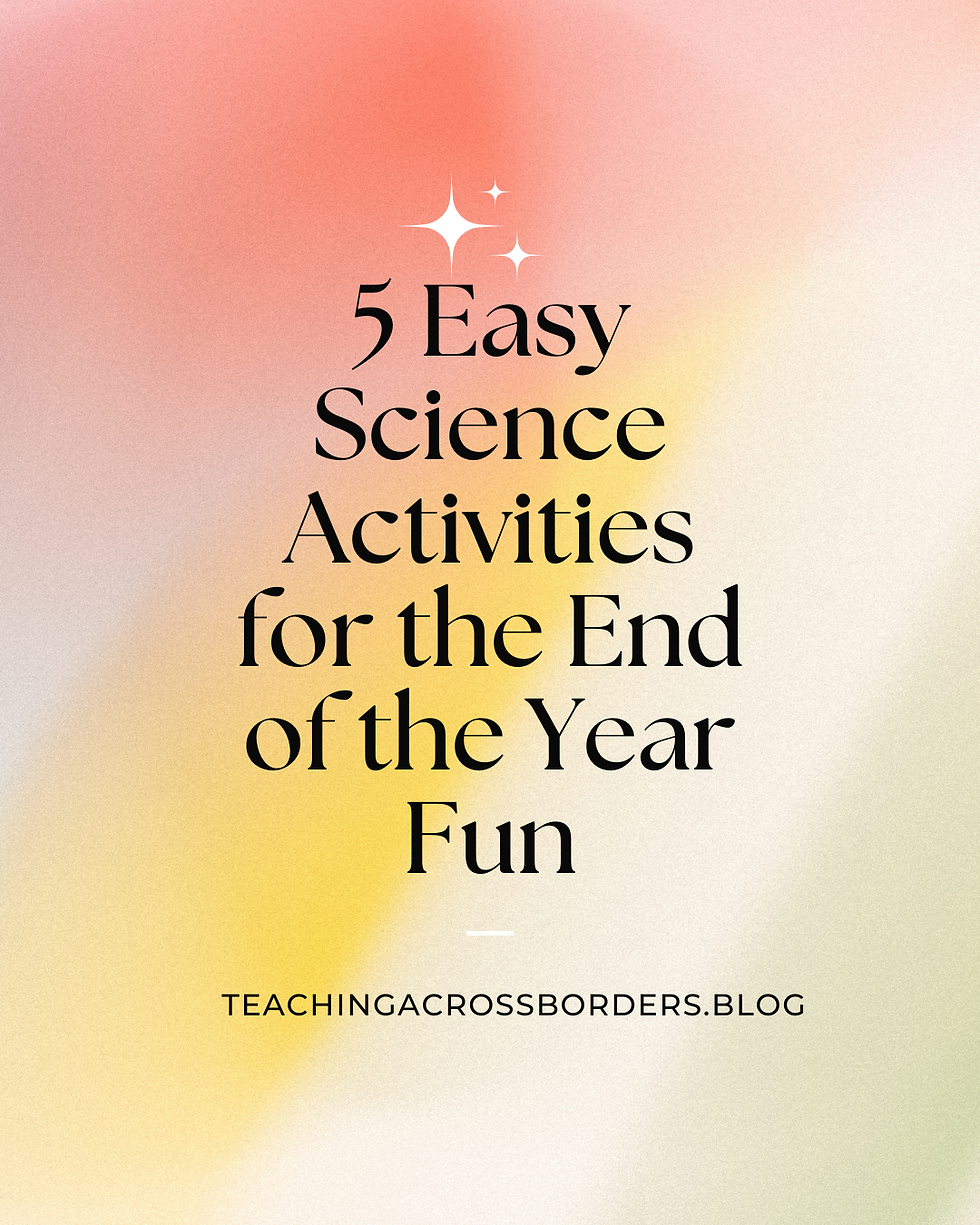Fall Classroom Fun: Engaging Students with a Project-Based Pumpkin Festival! 🎃
- Laura Swallow

- Oct 25, 2024
- 3 min read
The crisp autumn air and vibrant colors of fall are perfect for sparking students' creativity and curiosity. Incorporating seasonal activities like a Pumpkin Festival Project in the classroom combines the excitement of fall with opportunities to build essential academic and social skills. Not only does a project like this engage students, but it also teaches valuable lessons in collaboration, research, and public speaking. Here’s how you can implement a similar experience in your classroom, with or without a specific resource!
Why a Fall-Themed Festival?
Fall activities naturally capture students’ attention, creating an inviting atmosphere for project-based learning. A pumpkin festival, for instance, lets students dive into various pumpkin-themed topics that span different subjects: reading and history (pumpkin origins and cultural traditions), science (plant growth), and art (creative pumpkin decorating).
Key Components of the Pumpkin Festival Project
1. Research and Reading Start by giving students high-interest passages on pumpkin-related topics like the history of pumpkins, carving traditions, or the science behind giant pumpkin growth. You can find online articles, videos, and books suitable for upper elementary and middle school levels. Encourage students to take notes and ask questions, reinforcing comprehension and curiosity.
2. Designing a Festival Booth Challenge students to apply their research by planning a “booth” or station for a classroom pumpkin festival. Each group can select a theme (like pumpkin pie recipes, Jack-o'-lantern designs, or pumpkin decorating). Have them brainstorm activities or information to share. For instance, one group might research the best pumpkin pie recipes and bring samples, while another creates an interactive pumpkin trivia game!
3. Creating a Brochure or Flyer Students love showing off their work, so let them design a flyer or brochure for their booth. This is a fantastic way to strengthen writing and layout skills. Provide a basic template or simply have them fold a sheet of paper into three panels. They can add a description of their booth, list materials or instructions, and even throw in a “Did You Know?” section with a fun pumpkin fact. This component helps them organize their information and consider their audience.
4. Presenting to Peers After the booths are prepared, let students present their ideas to the class. Each group can explain their booth, highlight their research, and answer questions. Presentation practice is invaluable, giving students a chance to refine public speaking skills in a supportive environment.
5. Adding Interdisciplinary Learning This type of project has endless potential for incorporating interdisciplinary learning. For example:
Math: Incorporate measurements for a pumpkin pie recipe or explore the circumference of different pumpkins.
Science: Discuss pumpkin growth, the role of pollination, or the process of decomposition.
History: Investigate the origins of Jack-o'-lanterns or early uses of pumpkins by Native Americans.
Benefits of a Project-Based Approach
Project-based learning (PBL) is highly effective for engaging students in a way that feels authentic and fun. By working together on a pumpkin festival, students develop a range of skills:
Research and comprehension: Students read, analyze, and synthesize information.
Creativity: They apply knowledge in hands-on ways by creating and decorating their booths.
Collaboration: Group work fosters teamwork, communication, and conflict resolution.
Public Speaking: Presenting helps students gain confidence and practice engaging an audience.
Classroom Tips for a Pumpkin Festival Project
Give students choice: Let them choose their booth topic or type of activity. This freedom helps them feel more invested.
Provide structure with flexibility: Give students clear guidelines but allow creativity. This can mean offering a brochure template or showing a sample brochure to spark ideas.
Incorporate reflection: After the festival, ask students to reflect on what they enjoyed, what they learned, and what they’d improve next time.
Wrapping Up
Fall projects like a Pumpkin Festival add seasonal excitement to the classroom, drawing students into active learning. Whether you’re using a resource or designing your own festival from scratch, the key is to combine academic objectives with activities that get students moving, creating, and thinking critically. Let them see how much they can achieve when they work together on a project that’s as fun as it is educational!
Happy teaching, and enjoy the fall festivities in your classroom! 🍂
Laura
If you'd like to use my ready made resource for this PBL, click the photo below!








Comments